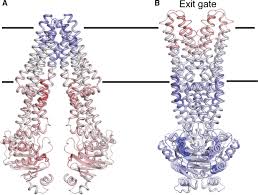In 1986, Kazumitsu Ueda, a Japanese cell biochemist, discovered that a protein called ABCB1 can transport a variety of chemotherapy drugs from some cancer cells, making them resistant to treatment. How it did this has been a mystery for the past 35 years. Now, Ueda and its team published a review article entitled “ABCB1 / mdr1 / P-GP employees an ATP-dependent twist- and -squeeze mechanism to export hydrophobic drugs” in…
Cancer research
Research Reveals Drug Targets for Malignant Prostate Cancer

According to a new study published on Oncogene, the compound thymoquinone (TQ) selectively kills prostate cancer cells in the late stages. Led by researchers at Kanazawa University, the study reported that prostate cancer cells with the SUCLA2 gene deletion can be used as therapeutic targets. Prostate cancer lacking SUCLA2 accounts for the majority of hormone therapy or metastatic resistance, so new treatment options for this disease will bring huge benefits…
New Treatment for KRAS Mutant Lung Cancer
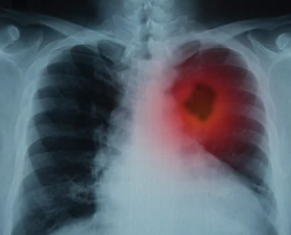
KRAS is a common type of oncogene and is involved in at least one-fifth of all human cancers. KRAS mutations cause 32% of lung tumors and 96% of pancreatic tumors. However, after more than 30 years of research, there is still no effective treatment strategy for this oncogene. For this reason, many studies have been conducted to try to identify other molecules that show therapeutic activity along the KRAS signaling…
Loss of Fat-regulated Genes Accelerates Metastatic Spread of Prostate Cancer
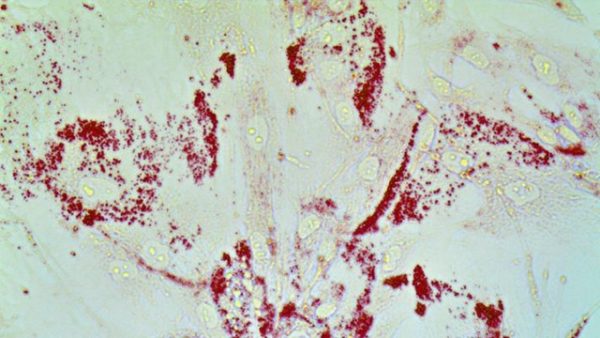
Researchers at the Department of Radiation Oncology and Molecular Radiology at the Kimmel Cancer Center at Johns Hopkins University have discovered a lipid-modulating protein that transfers a substance that researchers call “superpower” to prostate cancer cells, allowing them to spread malignantly. In studies of human prostate cancer cells and stromal cell lines, when the lipid regulatory protein called CAVIN1 was removed from stromal cells (connective tissue cells in and…
Immunity: Activating Tumor-Associated Macrophages to Fight Cancer
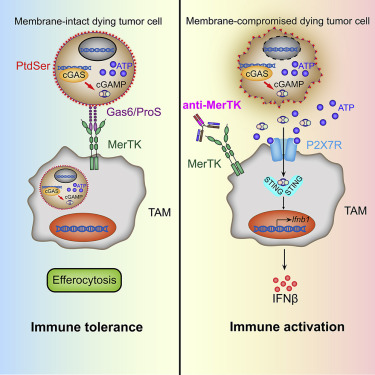
Cancer immunotherapy is continuing to revolutionize the means of patient care, bringing hope and good news to patients. However, only a minority of patients respond to treatment, which drives the development of strategies to further address the immunosuppressive tumor environment. In a recent report, Zhou et al developed a method to enhance the immune response to tumors by preventing tumor-associated macrophages (TAMs) from removing dying tumor cells. In tumors…
E-cadherin Found to Be an Essential Protein for Metastasis of Various Breast Cancers
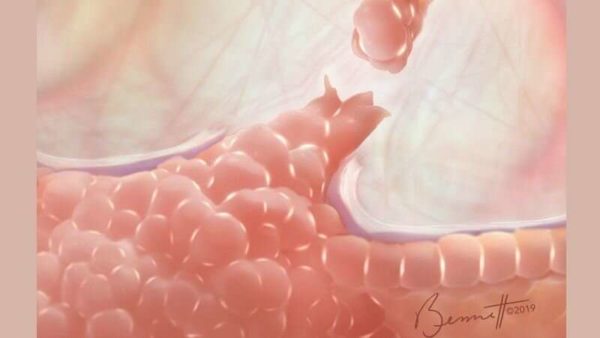
Metastasis is a major cause of death in cancer patients. According to the inverse relationship between migration and E-cadherin levels in vitro, it has been proposed that invasion and metastasis of the surrounding tissues begin after the loss of the intercellular adhesion protein E-cadherin. However, this hypothesis is inconsistent with the observation that the majority of breast cancers are invasive ductal carcinomas and express E-cadherin in the primary tumor and…
The Application in Cancer Diagnosis of Exosomes
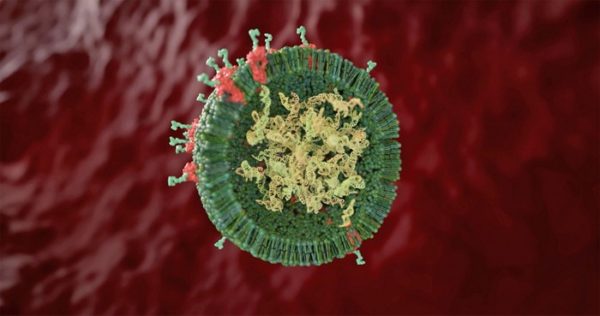
As we know, exosomes are small vesicles secreted by cells. Therefore, exosomes have the characteristics of donor cells and have certain cell specificity. In a large number of studies on exosomes in cancer patients, it has been found that exosomes secreted by cancer cells have characteristic molecules that can be used to distinguish other exosomes, and can be used as molecular markers for cancer diagnosis. At present, the common molecular…
Overview of Formation and Function of Exosomes as well as The Important Role in The Occurrence and Deterioration of Cancer
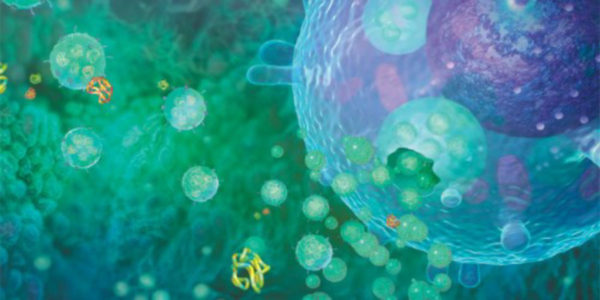
In the early 1980s, researchers discovered exocytosis in normal cells or tumor cells cultured in vitro, and cells secreted vesicle structures with cell membrane characteristics in their culture medium. In 1983, Johnstone found that in vitro cultured sheep stromal erythrocytes excreted small vesicle structures containing transferrin receptors during maturation, they named the small vesicle structure released by the cell as an exosomes. Early detection of exocrine-secreting cells is mainly…
Dna2 Deficiency May Result in DNA Insertions at Chromosomal Breaks
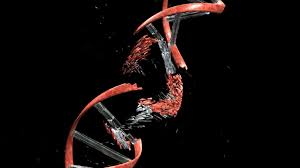
Cells have many mechanisms to protect genomic integrity, including the process of repairing errors that may occur during DNA replication. The Dna2 nuclease is involved in DNA repair, but little is known about its effect on chromosomal instability. In a new study, researchers from several research institutions, including Baylor College of Medicine, revealed that when Dna2 is missing, smaller DNA fragments jump from the entire genome to the chromosomal breaks….
JCI: STAT3 Inhibitor May Provide New Hope for Leukemia Treatment
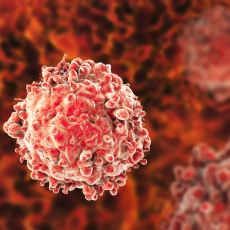
Myelodysplastic syndrome (MDS) and acute myeloid leukemia (AML) are malignant hematopoietic stem cell disorders, and abnormal stem cell populations in hematopoietic stem and progenitor cells can cause disease. Traditional treatments to date can not completely eliminate these abnormal hematopoietic stem cells associated with the disease. Recently, researchers from the Albert Einstein College of Medicine have discovered a prognosis molecule that predicts both MDS and AML. Furthermore, an antisense oligonucleotide…
